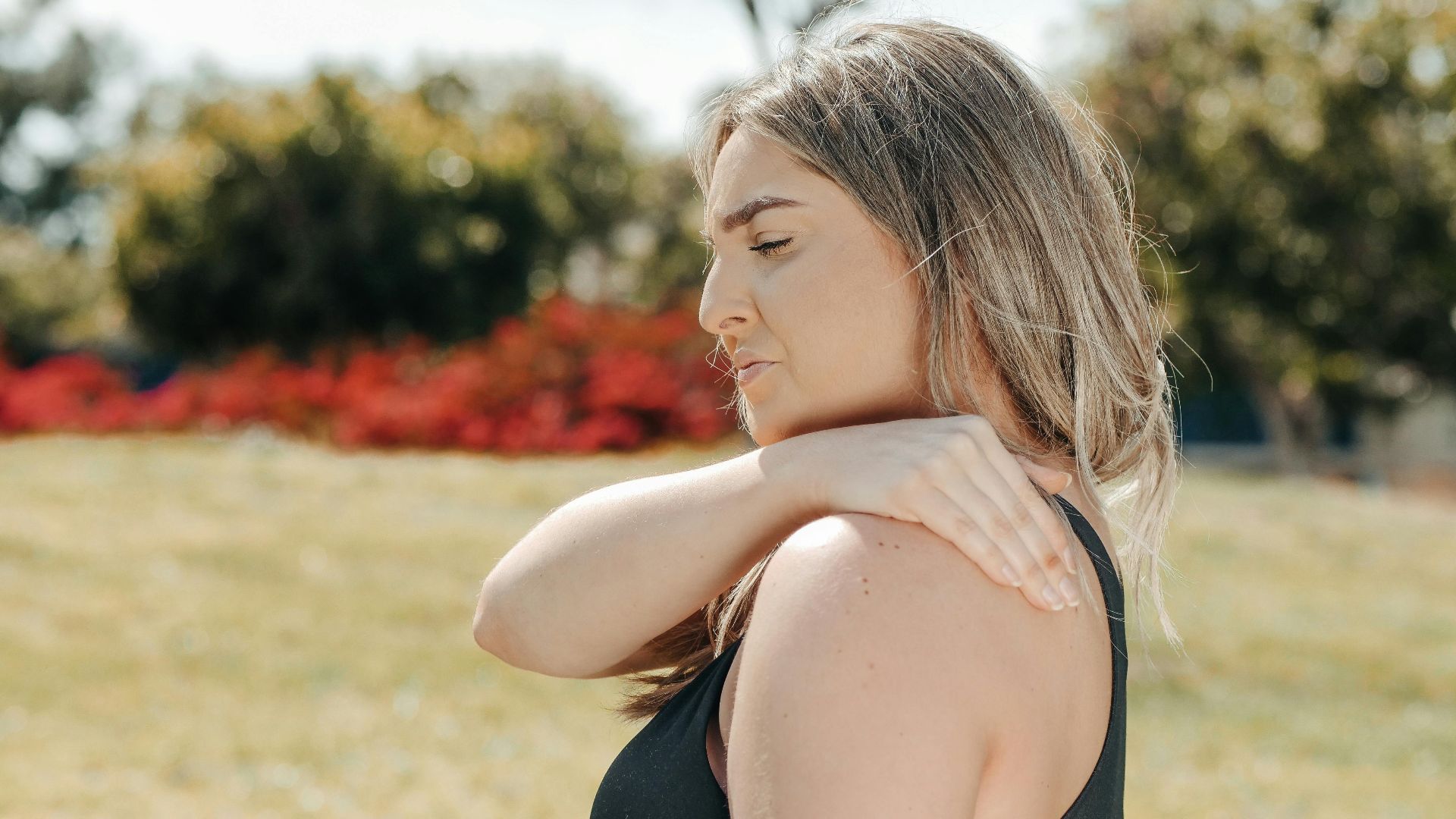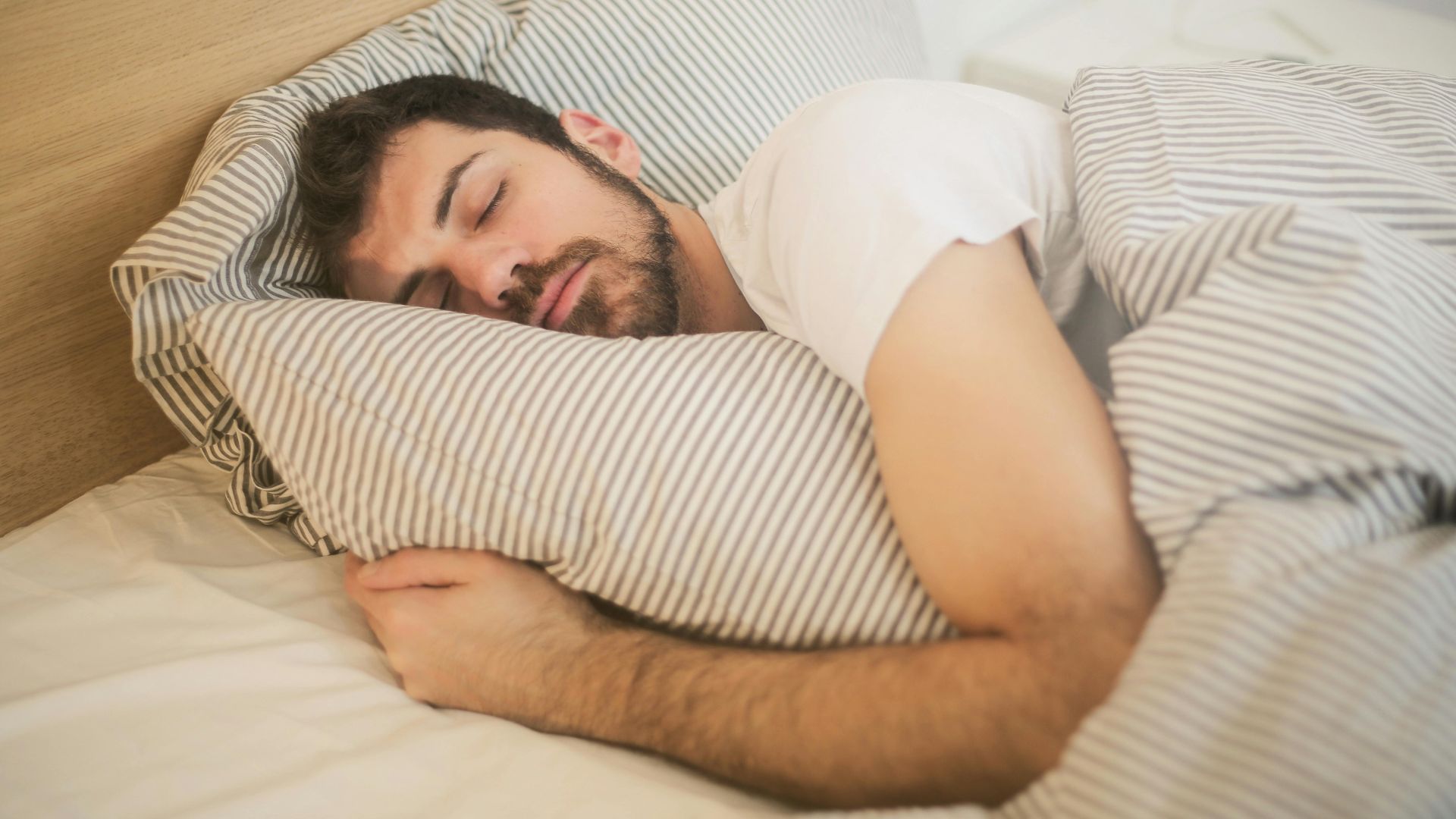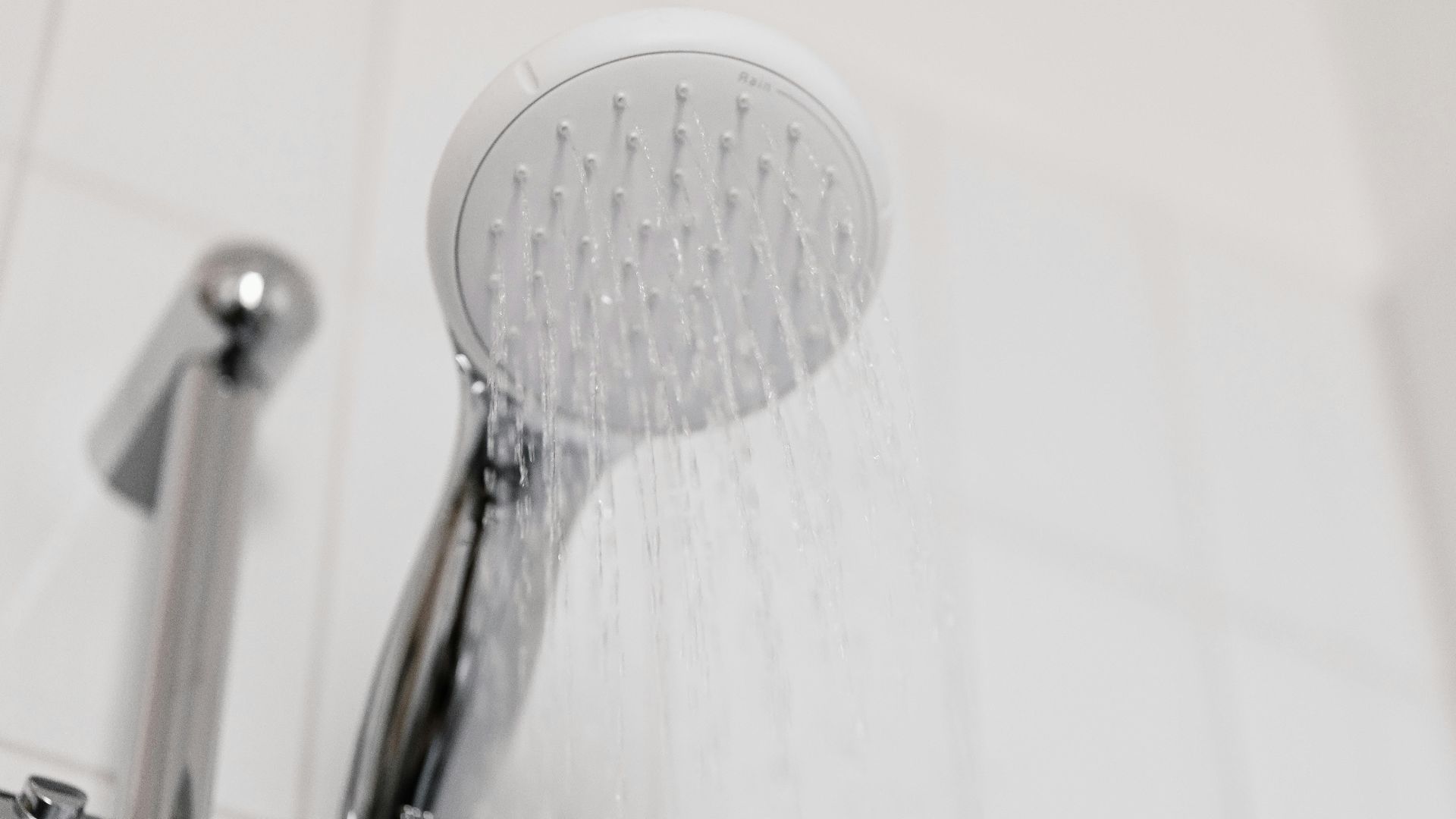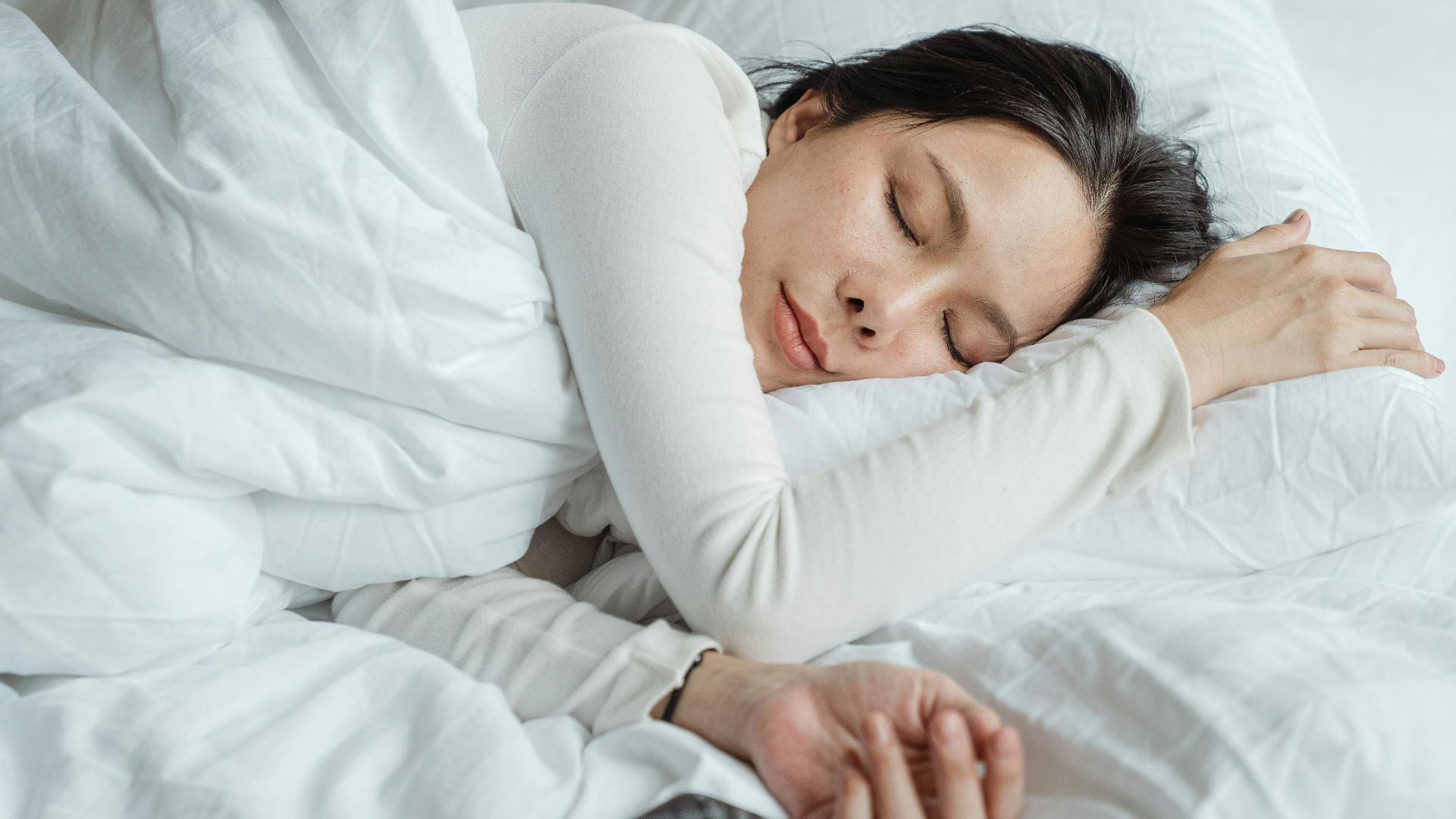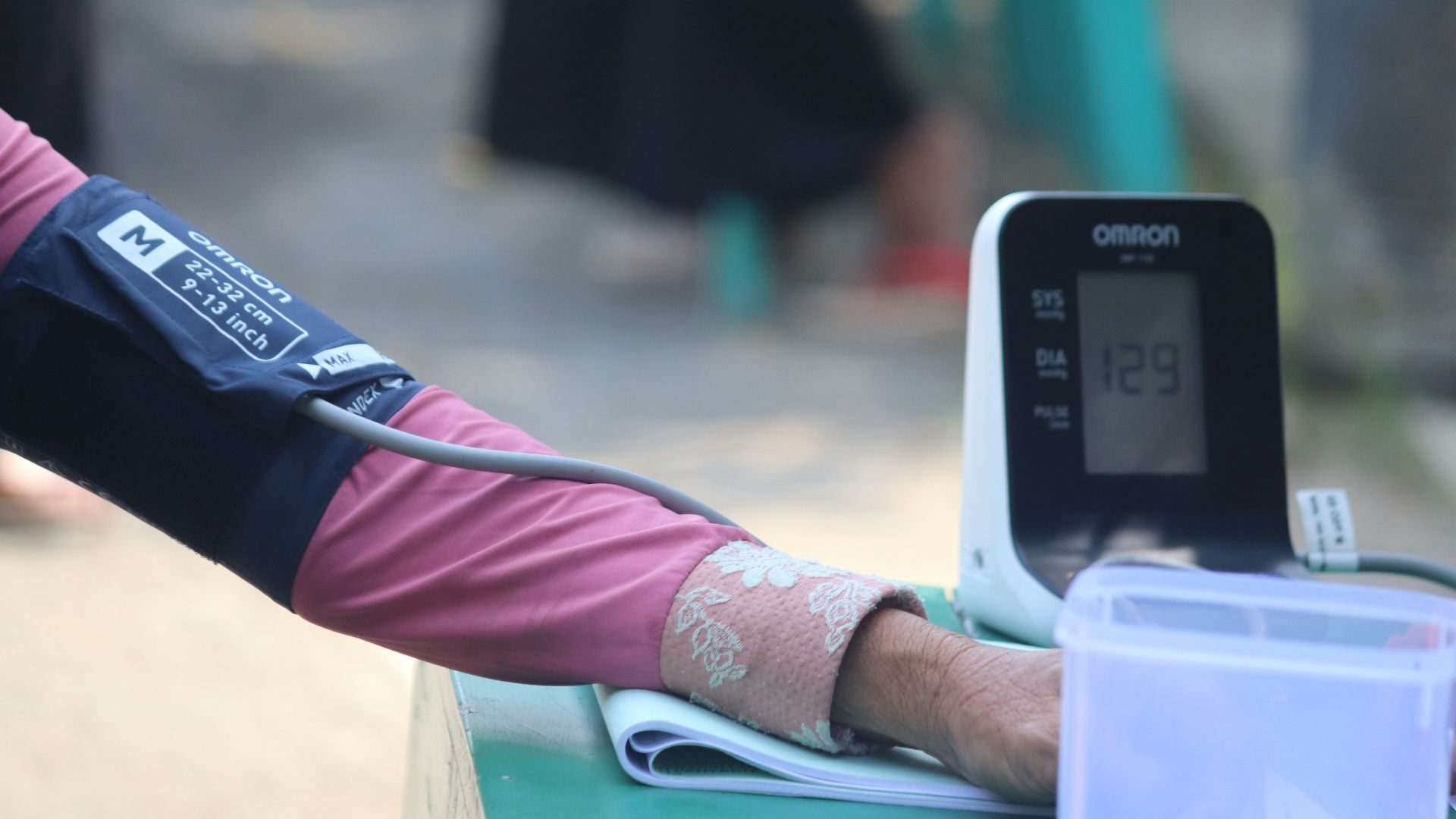Cold Exposure 101
Your body is smarter than you think. Drop it into freezing water and watch the magic unfold—dopamine spikes and inflammation drop. Cold plunges aren't just another wellness trend that'll fade by next year. They're backed by solid science that explains why athletes and biohackers are obsessed. But here's the thing: doing it wrong can be dangerous. So, to begin with, let’s look at 10 proven benefits before looking at some best practices.
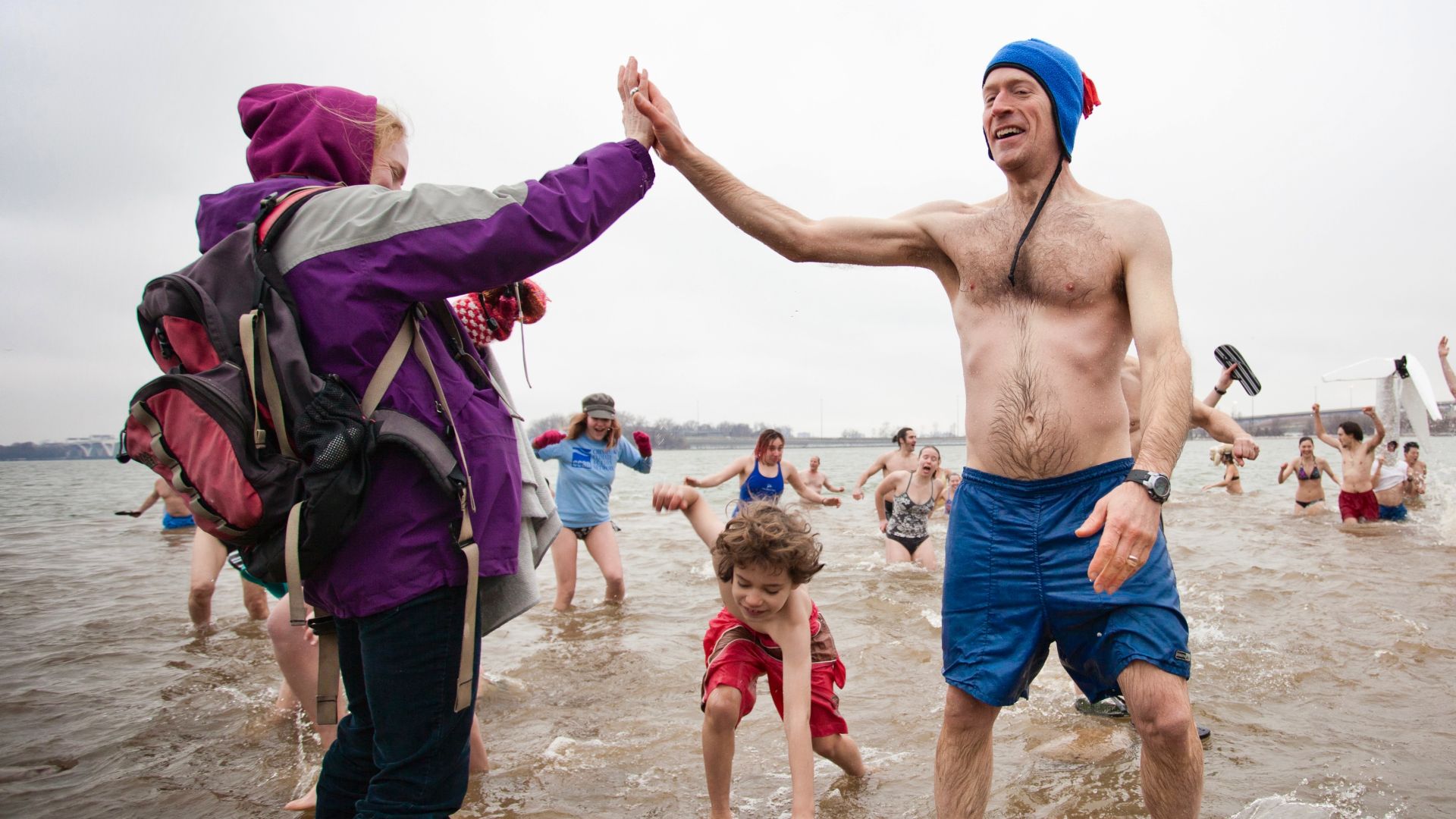 chesapeakeclimate on Wikimedia
chesapeakeclimate on Wikimedia
1. Accelerates Muscle Recovery Post-Exercise
The rapid constriction of blood vessels from cold water is a key mechanism behind reduced soreness, making this practice invaluable for athletes pushing their physical limits. Cold-water immersion can reduce muscle soreness and perceived fatigue after strenuous exercise.
2. Boosts Norepinephrine Release
Cold plunges significantly increase norepinephrine levels, often by two to five times baseline, which can enhance alertness and cognitive function. This neurotransmitter boost is one reason cold plunges are popular among high performers and biohackers who need mental clarity.
3. Decreases Systemic Inflammation
Cold-water immersion may reduce inflammation markers such as IL-1β and increase anti-inflammatory cytokines like IL-10, especially with repeated or longer exposures. The mechanism is elegant: blood vessels constrict, limiting blood flow to inflamed areas and helping decrease swelling.
4. Elevates Mood Via Dopamine Surge
You know that natural high people describe after cold plunges? It's backed by hard science showing a 250% increase in dopamine, a neurotransmitter linked to pleasure and satisfaction. The mood-boosting effect may have antidepressant benefits, offering a pharmaceutical-free approach.
5. Enhances Brown Adipose Tissue Activation
Regular cold exposure may help train your body to use more brown fat for heat production, fundamentally changing your metabolic efficiency over time. Brown fat is sometimes called "good fat" because it helps keep you warm and burns energy.
6. Improves Insulin Sensitivity
Enhanced insulin sensitivity from cold exposure could lower the risk of metabolic diseases, making cold plunges a potential tool for diabetes prevention and management. Cold-water immersion may have an impact on insulin resistance, potentially benefiting people with diabetes.
7. Strengthens Vagus Nerve Tone
The vagus nerve is the longest cranial nerve in the body, connecting the brain to many organs and serving as a critical communication highway for stress regulation. Cold exposure stimulates the vagus nerve, which plays a key role in regulating stress.
8. Reduces Perceived Pain Threshold
Cold water immersion numbs nerve endings and reduces pain signal transmission, providing temporary relief from muscle soreness and joint discomfort through vasoconstriction and reduced inflammation. What makes cold plunges particularly effective is the full-body exposure.
9. Improves Sleep Architecture
Cold-water immersion is associated with better sleep outcomes, particularly in men. Cold plunges can also improve sleep quality by lowering core body temperature and increasing slow-wave sleep. This happens mostly when timed one to two hours before bedtime.
10. Boosts Mitochondrial Biogenesis In Skeletal Muscle
Mitochondria are often called the "powerhouses" of the cell, and creating more of them literally increases your energy-generating capacity at the cellular level. Cold exposure can stimulate the production of new mitochondria in skeletal muscle, enhancing energy production.
Now let's talk about how to actually do this without turning your first plunge into your last.
1. Start With 30–60 Seconds At 15°c
Exposure times of 30–60 seconds are sufficient to trigger physiological responses without excessive risk for beginners, making this the safest entry point into cold therapy. Cold plunges as short as 30 seconds can still provide measurable benefits for stress.
2. Use A Chest-Freezer Or Dedicated Tub
Dedicated tubs can be set to exact temperatures, making it easier to replicate research-backed protocols and ensure consistent results with each session. Some enthusiasts repurpose chest freezers as DIY cold plunge tubs for home use, creating affordable alternatives.
3. Immerse To The Neck, Hands Optional
Immersion is required at or above chest level to maximize physiological effects, ensuring your core body experiences the full thermal stimulus. Some people find keeping their hands out makes the experience more tolerable, especially for beginners.
 U.S. Marine Corps photo by Cpl. Andrew Smith on Wikimedia
U.S. Marine Corps photo by Cpl. Andrew Smith on Wikimedia
4. Breathe Nasally And Slowly (4–4 Cadence)
The "cold shock" response can cause rapid, uncontrolled breathing, but practicing slow nasal breathing can counteract this effect and keep you safe. Slow, controlled nasal breathing during cold plunges helps manage the initial cold shock response.
5. Exit When Shivering Begins
Shivering is the body's natural way to generate heat through rapid muscle contractions, signaling that your core temperature is starting to drop significantly. Some athletes use the onset of shivering as a personal safety marker for ending their session.
 chesapeakeclimate on Wikimedia
chesapeakeclimate on Wikimedia
6. Dry Off Immediately And Layer Clothing
The body continues to lose heat rapidly after exiting cold water, making immediate drying and layering essential for preventing dangerous temperature drops. Drying off right after a cold plunge helps prevent continued heat loss and reduces the risk of hypothermia.
7. Avoid Hot Showers For 30 Minutes
Some protocols recommend gentle movement or stretching during the rewarming phase instead of immediate heat exposure, allowing your body to restore its natural temperature balance. Avoid hot showers for at least 30 minutes after a cold plunge.
8. Schedule Plunges 2–3 Hours Before Bed
Cold plunges trigger a surge in norepinephrine, which increases alertness and arousal—this boost can make it harder to fall asleep if done too close to bedtime, so schedule plunges 2–3 hours before sleep. Cold-water immersion can temporarily increase alertness.
9. Combine With Contrast Therapy Only After 4 Weeks
Contrast therapy is popular in Nordic countries, where sauna and cold plunges are a traditional wellness practice passed down through generations. Contrast therapy (alternating hot and cold) can raise blood pressure and cause circulatory stress.
10. Monitor Heart Rate (Target <120 Bpm During)
If your heart rate rises above 120 bpm or you feel chest pain, dizziness, or distress, exit the plunge immediately to reduce the risk of adverse effects. Cold exposure can cause an initial spike in heart rate and blood pressure.
KEEP ON READING










